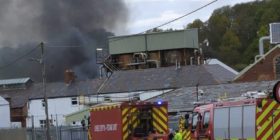New Natural Resources Wales action plan targets rising flood threats in North East Wales: 15,600 homes currently at risk
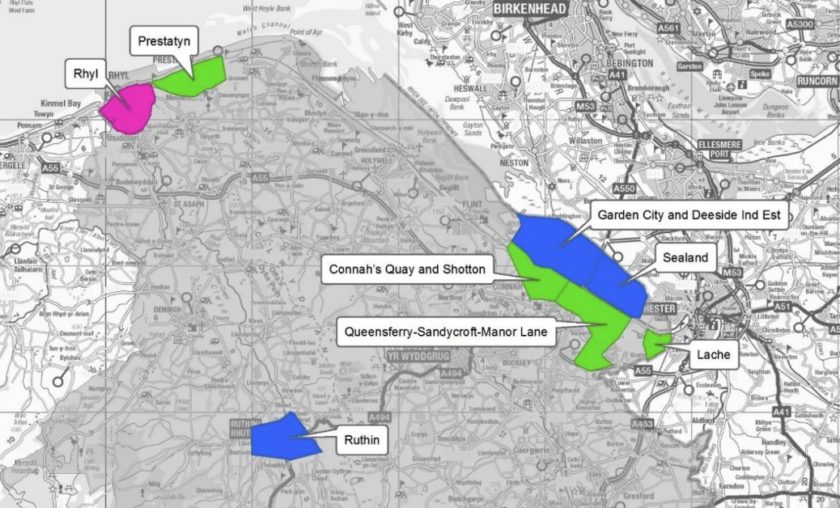

To counteract the increased severity and occurrence of extreme weather, sea level rise, and flooding caused by climate change, “we must take more action to adapt and strengthen our resilience against these growing threats.”
This is the call from Natural Resources Wales (NRW) today as it publishes its roadmap for managing Wales’ flood risk.
NRW’s Flood Risk Management Plan (FRMP) sets out the priorities for managing flood risk in Wales for the next six years, in the areas of flooding for which NRW has lead responsibilities, it covers flooding from rivers, reservoirs, and the sea.
Set against the backdrop of the climate and nature emergencies, it outlines how the nation needs to continue to invest in and improve existing systems, such as its network of flood defences and its flood warning system.
However, it also underlines how Wales needs to do more to mitigate and adapt to the inevitability of flooding, focusing on building resilience and taking a whole catchment approach within those communities at risk of flooding now, and in the future.
It’s worth noting that the FRMP does not include flooding from surface water and smaller watercourses, for which Lead Local Flood Authorities (Flintshire Council for example) have powers and take the lead.
In Wales, approximately 1 in 8 properties (245,118) is currently at risk of flooding from rivers, the sea, and surface water.
By 2120, Wales faces a significant rise in flood risk due to climate change. Predictions indicate nearly 104,000 properties at risk from sea flooding (an increase of over 33,000) and about 112,000 from river flooding (up by over 21,000).
This translates to around 286,000 people at risk from sea flooding (an increase of 95,000) and nearly 303,000 from river flooding (up by 60,000) compared to 2020.
Climate projections warn of more frequent and intense extreme weather events, leading to higher peak river flows and heightened risk of flash floods, which are hard to predict and manage.
Additionally, all UK coastal areas, including Wales, will see sea level rise under all emission scenarios, exacerbating coastal erosion and wave action. This not only threatens coastal communities but also vital natural habitats and heritage sites along the Welsh coastline.
There are currently 15,686 properties in North East Wales at risk of sea flooding.
This number is projected to rise to nearly 20,000 by the year 2120.
This significant increase underscores the growing concerns about flood risks in the region, particularly in the context of climate change and rising sea levels.
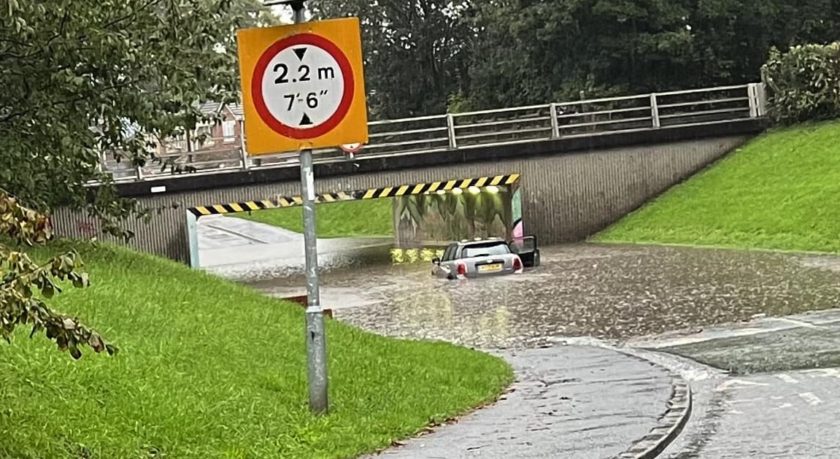
Storm Babet
Last month, Storm Babet brought an unprecedented deluge, causing significant disruptions in Flintshire.
Flooding closed many roads, railway lines, and over 50 schools.
This event, particularly affecting areas like Sandycroft, Mancot, Broughton, and Pen-y-ffordd, underlined the urgent need for effective flood management strategies.
Recognising the heightened risk of flooding due to climate change, NRW has unveiled a new plan targeting communities in North East Wales.
NRW’s plan focuses on areas particularly vulnerable to flooding.
Connah’s Quay and Shotton are among these key locations, facing significant threats from the River Dee.
Here, NRW is conducting initial assessments and feasibility studies to determine the most effective flood risk reduction methods.
Garden City and Deeside Industrial Estate are also focus areas of the plan.
These industrial heartlands are undergoing structural assessments to ensure the resilience of existing flood defences.
Moreover, they are set to benefit from new hydraulic models that incorporate the latest in flood management technology.
An integral part of NRW’s strategy is to enhance flood warning services, especially for the Dee estuary, affecting both riverine and marine flood plains.
This improvement aims to provide communities with advanced notice and better preparedness, thereby reducing potential damages.
Maintenance and inspection of existing flood defences are pivotal in NRW’s approach.
This ongoing process ensures that areas like Pen y Ffordd are protected by well-maintained and, where necessary, upgraded flood barriers.
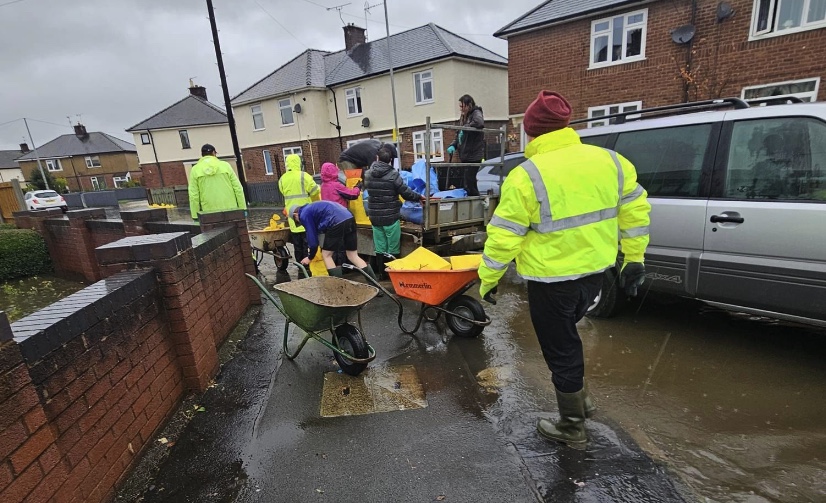
Queensferry, Sandycroft, and Manor Lane
Queensferry, Sandycroft, and Manor Lane are among the communities receiving focused attention from NRW.
These areas face dual threats from both river and sea, necessitating comprehensive interventions, ranging from updating hydraulic models to designing and constructing improved flood risk assets.
Jeremy Parr, Head of Flood and Incident Risk Management at NRW said:
“More frequent and more extreme flooding and storm surges are becoming the new normal and are already posing greater risks to lives, infrastructure, and property. How we plan for and manage our flood risk in response to that has far-reaching consequences for communities in Wales.
“From making improvements to our Flood Warning Service and our engineered defences, through to greater use of nature-based solutions and whole catchment approaches, our plan sets out how we will prioritise our action over the next 6 years to reduce that risk to people and property in areas most at risk.
“However, we have to recognise that the risk of flooding can never be entirely removed. Whilst NRW invests heavily in flood defences, we cannot just build our way out of the issues we face. Wales will need a combination of measures in order to help communities become more resilient.
“It means making big decisions about where development is allowed, and learning to live with more water than ever before. It means we need to build or convert properties to be more resilient to flood water, so that people and businesses can bounce back quicker when the waters start to rise. We need to ensure people know the steps they can take themselves to reduce the impact of flooding. We’ll also need to be more innovative and look at harnessing nature-based solutions to flooding and work more effectively with landowners, and take whole catchment-scale approaches to make space for the huge quantities of water we are seeing during floods.
“It is essential we get ready for the unavoidable impacts by taking action and building in resilience now, so that when flooding does happen, it poses much less risk to people, does less damage, and helps ensure life can get back to normal much quicker.”
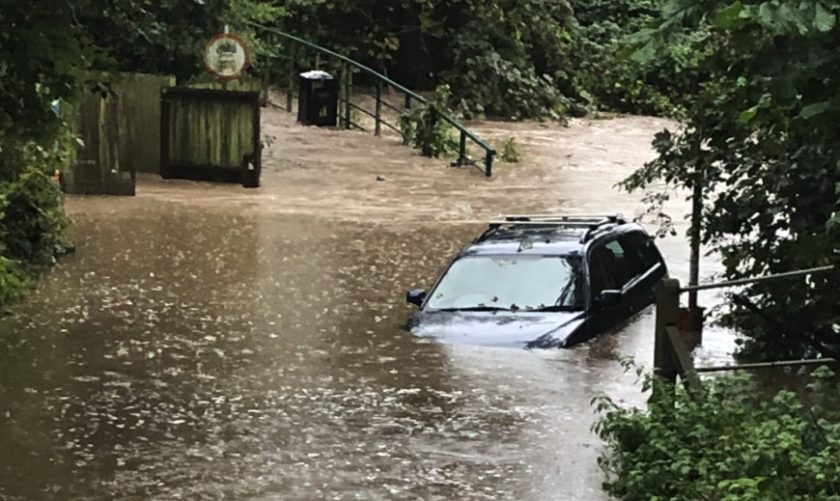
The plan is published in the wake of Storms Babet, Ciarán and Debi which impacted parts of Wales in the space of a month. NRW staff continue to be heavily involved in the ongoing response and recovery to those storms.
Jeremy Parr added:
“The defences and schemes that we have invested in over the years, coupled with the other critical services we provide like the Flood Warning Service, can make a life-or-death difference when the rain starts to fall.
“Providing these services will always be at the heart of how NRW manages the nation’s risk, but they are not the silver bullet.
“While this plan is focussed on what NRW will do to reduce flood risk in Wales, we cannot do it alone. Successfully managing this risk can only be achieved when delivered as a common endeavour, bringing everyone from all parts of government and society with a stake in the outcome together to tackle one of the biggest challenges of our lifetimes.”
Spotted something? Got a story? Send a Facebook Message | A direct message on Twitter | Email: News@Deeside.com
Latest News







